The Wonders of the Olympic Peninsula
By: Zachary
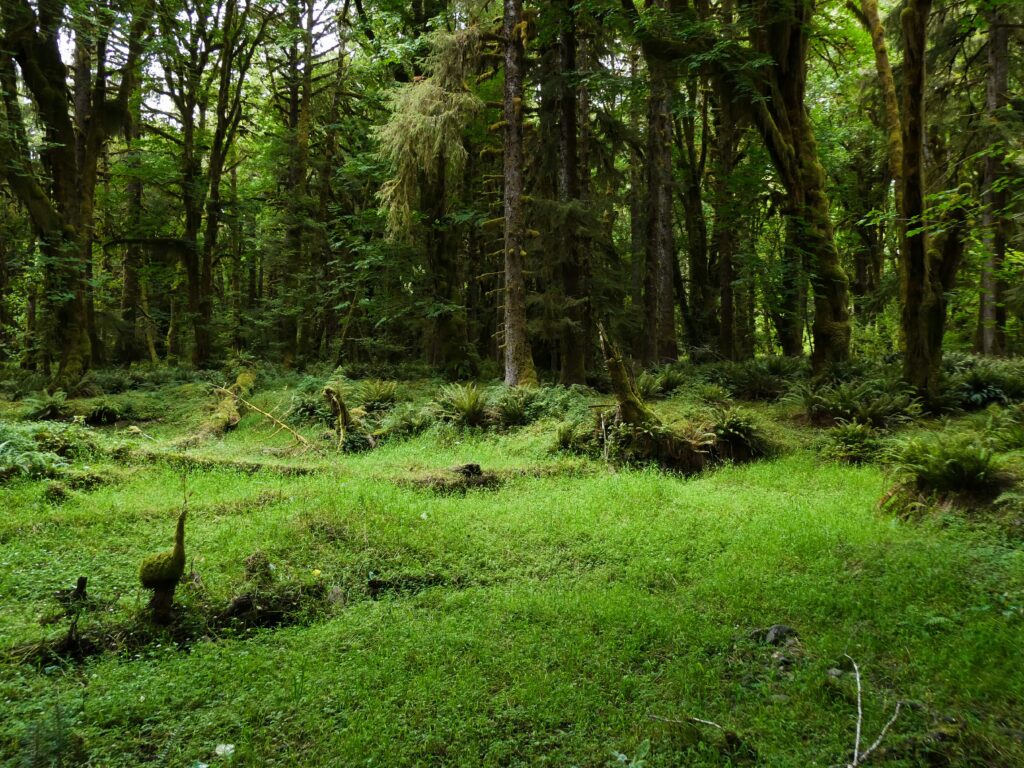
In the early morning we set out for the Olympic Peninsula. The plan was to drive down to Olympia, across the base of the peninsula on Highway 101, explore the Quinault Rainforest, drive up the coast, through the towns of Forks and Port Angeles, and finally catching the ferry back home at the small town of Kingston. It was going to be a long but fun day. That morning, we left around 6, giving us time to bypass Seattle before its signature gridlock traffic set up shop. Past the state capitol of Olympia an hour later, we turned onto the 101 which would take us all the way to the magnificent Quinault Rainforest.
Known for its mysterious and dense rainforests, the peninsula is now more of an artificial forest than the unexplored frontier it one was. When settlers first arrived, the forest was out to get them in every way. It was a dangerous foe to be conquered. It took explorers months to traverse a hundred miles, and Native American legend stated that the mountains were inhabited by a dangerous cannibalistic tribe. Until the region was mapped, the ancient theories about what lied on the other side of the Puget Sound ranged from a hidden paradise to home to a completely different uncontacted race of people. From Dragons to lakes of fire controlled by giants, the Olympic Peninsula was truly the great unknown. For a long time, the city of Seattle was the last vestige of civilization. Cross the Puget Sound, and you would stumble into a whole new world.
What is a working forest?
A working forest, as I like to call it, is a forest completely grown and managed by humans. Designed solely for logging, the uniform and monoculture groves of coniferous trees are often times extremely dense. This strategy is great for corporate efficiency, but does a poor job in preserving and emulating the original looks and biodiversity of the forests. The forests survive, but the lack of genetic diversity prevents them from fully thriving. Most of the Olympic Peninsula has been stripped of its iconic old growth over the centuries, replaced by these tree farms. What old growth tourists now come to see is a minority protected through federal laws. Ever since loggers could figure out a way to transport the trees off the vast peninsula, the Olympic Mountain foothills have been prime logging territory. One acre of old growth here holds the same amount of biomass as ten acres in other parts of the country. The Olympic Peninsula rainforests actually hold the record for the highest biomass on Earth. Most of the Peninsula now consists of precise blocks of forest that have been specifically planted to yield the highest profits.
Originally planned as a three-day camping trip to the Hoh Rainforest and surrounding areas, we turned our attention to the much quieter Quinault Rainforest after hearing about the tourist season crowds. When we got to the valley, the was no one there.
Although it isn’t as picturesque as the Hoh, the Quinault Rainforest does fully provide a perfect glimpse into what the forests were like before the logging era. As we walked through the regal forests, the morning light rays shone through the occasional holes in the old growth canopy, illuminating the long drapes of moss in all its total glory. The distinct light rays would continue down, glistening off the morning dew covering the sword ferns blanketing the land. Below the trees was a whole new world consisting of dense underbrush reaching above our heads and frequent drainage streams checkered by smooth pebbles. Hikers do not exaggerate when they describe hiking these forests as traveling through a “tunnel of green.” Next to us were the signature fields of ferns while above us were the branches of the old growth collaboratively weaving the complex tapestry of the canopy above. Blown away by the sheer grandeur of the old growth forming perfect columns into the sky, I took hundred of photos along the way. The dark forests lit up by the morning light appeared almost magical, straight out of a fantasy novel.
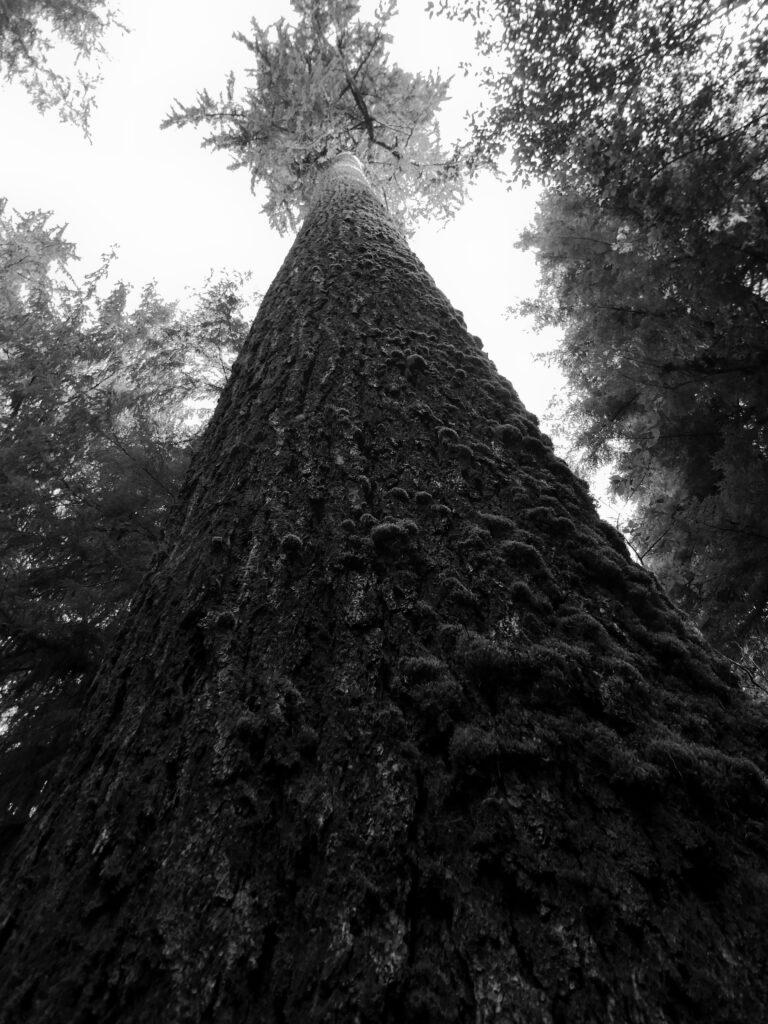
The amount of rain the region collects is the direct lifeline to these forests. The 12 feet of annual precipitation that pours down upon the Quinault Rainforest single-handedly supports the dense understory and the titanic trees alike. Although the western side of the peninsula receives generous donations of rain from the Pacific Ocean, the eastern side is cut off from the rain due to the rain shadow. The imposing Olympic Mountain Range creates a barrier which deprives the eastern side of rainfall, resulting in a rain inequality between the two sides. Western rainforests receive a dozen feet annually, while the town of Sequim (Pronounced squim) gets only the leftovers of the rain, around 16 inches over the course of an entire year.
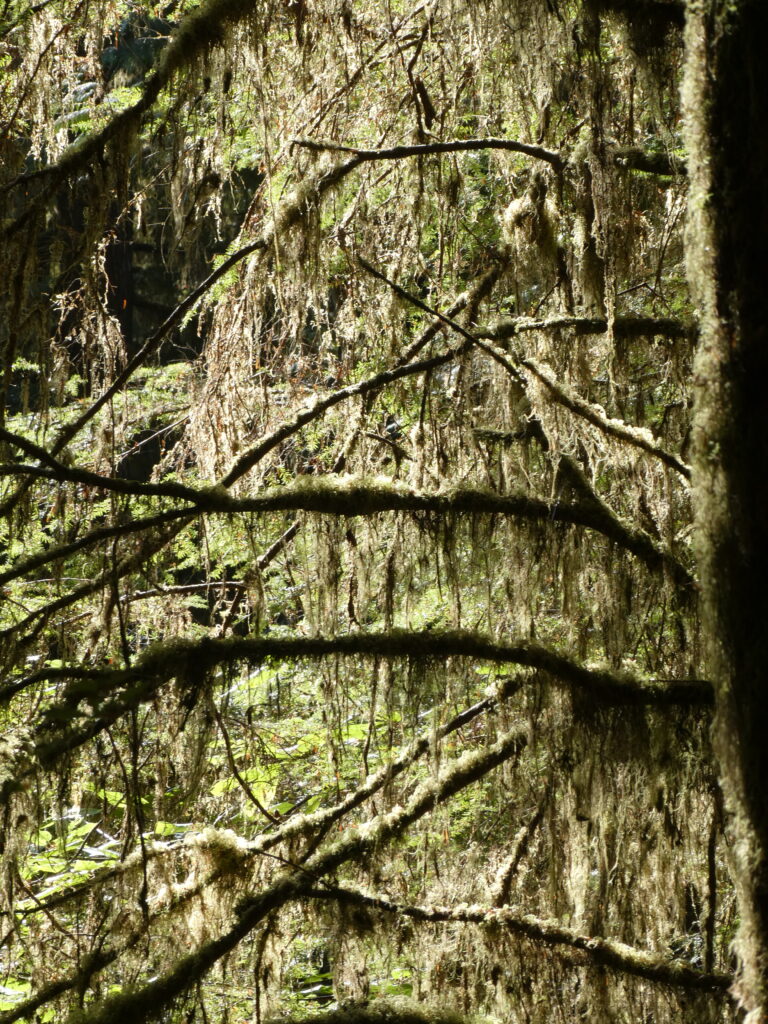
The Quinault Rainforest is a perfect example of a climax forest. The Western Red Cedar, Douglas Fir, and Sitka Spruce are approaching the end of their lives and will soon be replaced by a different group of trees. Douglas fir is always one of the first to populate a new forest, however it cannot germinate in the shade. Without a next generation to take over, these trees will die off through varying causes and the forest cycle will start again.
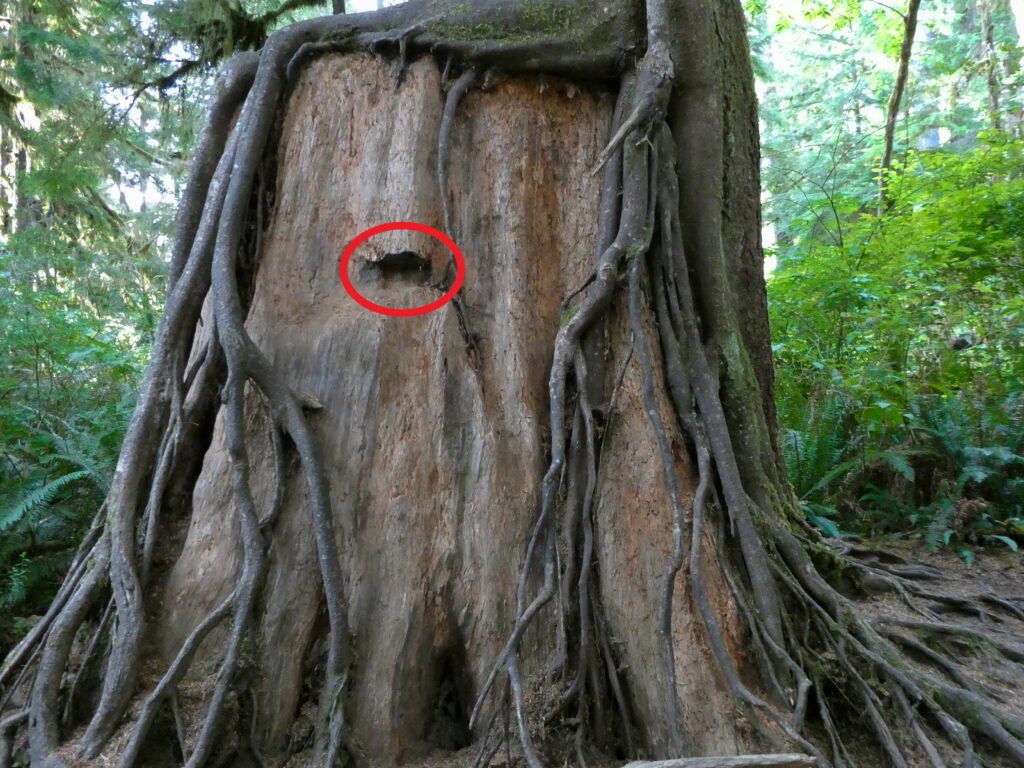
After visiting the Quinault Rainforest, we went on another short hike through a newer forest nearby. The forest was a intricate mix of really young trees and a few remaining old growth. I suspect fire was a primary player in the composition of this forest. The ancient coniferous trees of the peninsula have adapted to defend themselves from forest fires, while the other young trees would have easily been burned. Close to the end of the trail, we entered one area where there was a cluster of new growth so thick, it resembled a bamboo forest. Covered in a net of nurse logs, I believe it was a freak wind storm that changed the forest. A fire would turn the old growth into burnt snags, while the wind would topple the trees in a way which resembled the base of this forest. This incident must have happened very recently. Most of the trees were only a few years old.
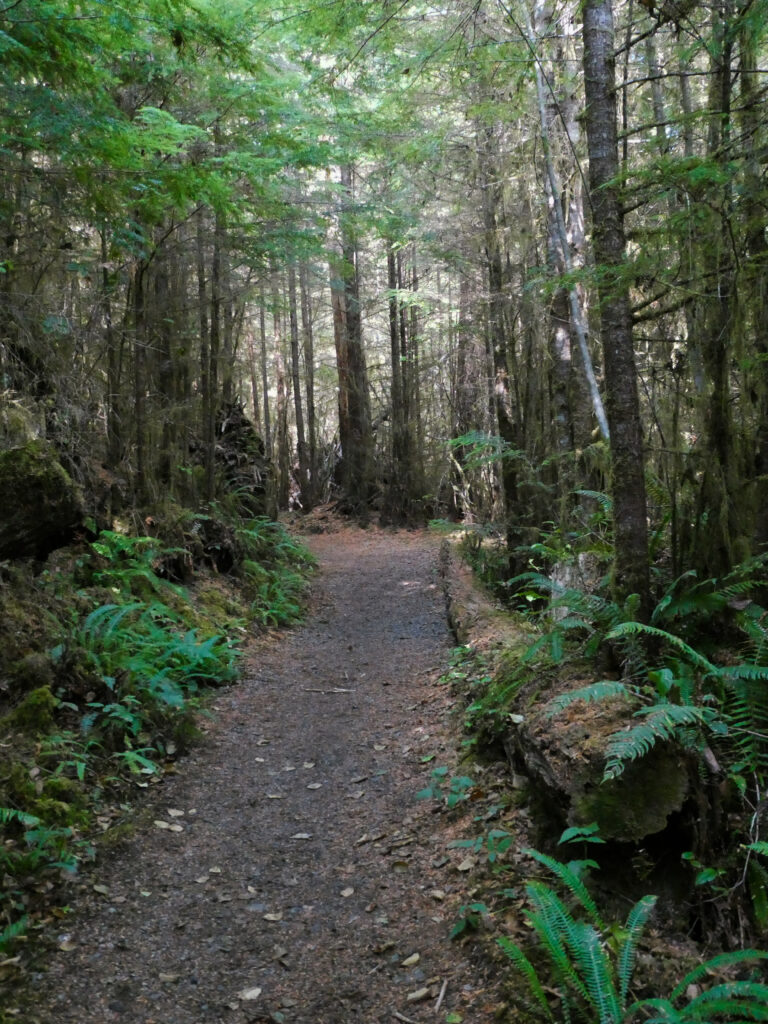
After the short hike, we drove down Lake Quinault and across a dried up river bed to the Quinault Rainforest Ranger Station. There, we hiked down a nature trail to the abandoned Kestner Homestead. On the way to the homestead, we passed beautiful old growth coniferous and deciduous trees which pierced the meadows of vibrant sword ferns. The trees were draped in beautiful sheets of moss, while the moist meadows below were covered in dark green ferns. after stopping probably every five feet to take photos, we arrived at the Kestner Homestead. The Kestner Homestead is a small ranch which reflects what life was like back in the pioneer days. The ranch was originally from the late 19th century, but was maintained by other families and eventually given to the Park Service recently.
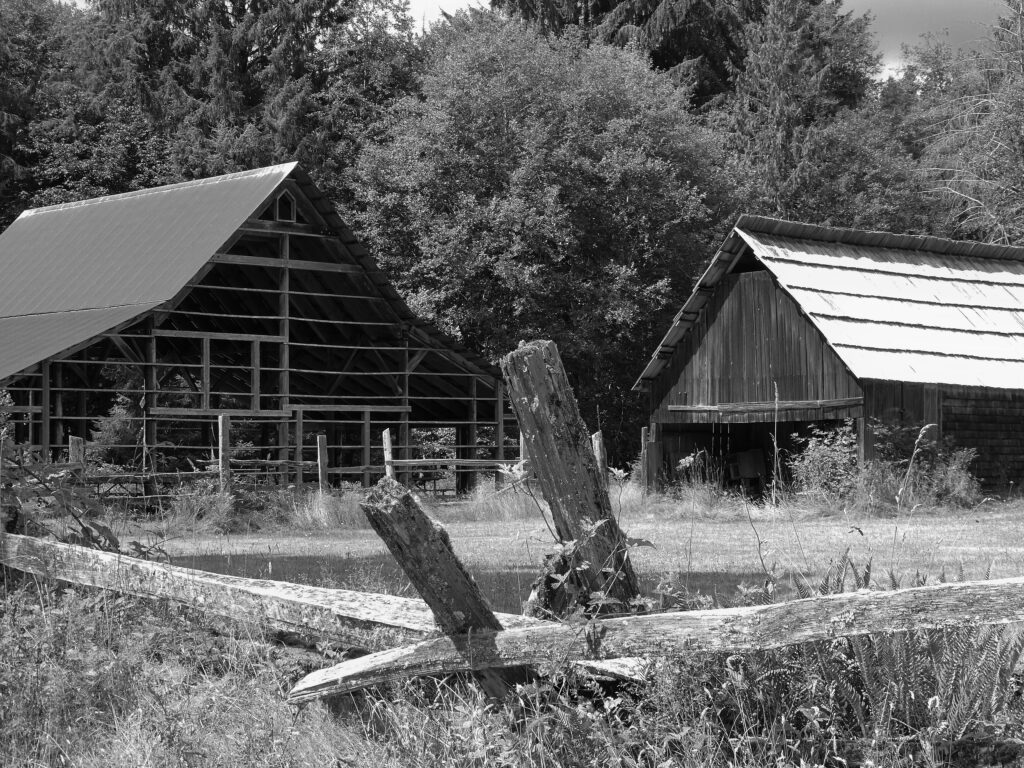
After finishing up in the Quinault Rainforest, we had to start heading back. Our route home took us along Highway 101 which for some time, ran along the Pacific Coast. While approaching the coast, the forest suddenly turned from a rainforest into a coastal, windswept forest. With a higher emphasis on Sitka Spruce, the forest was significantly drier with an understory consisting of beach grasses and wildflowers dancing in the ocean breeze. When we reached the beach, I instantly saw how the waves were much larger than the tranquil Puget Sound. With the rock formations and sea haze, the coast has a sense of mystery looming over its natural beauty.
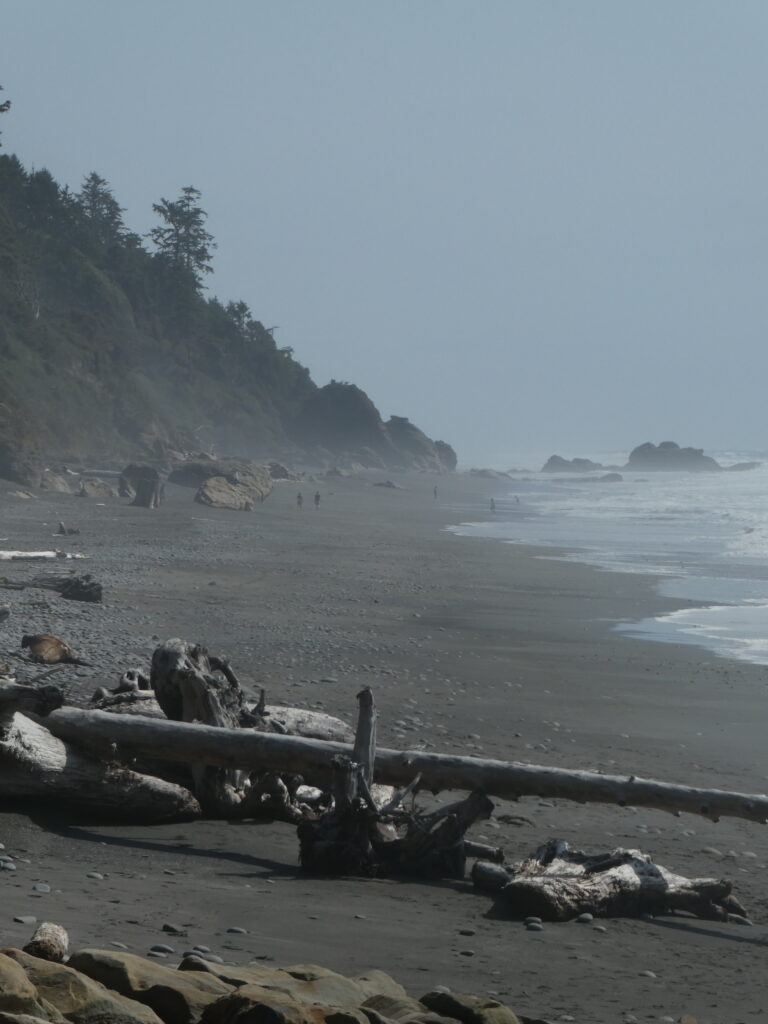
Already tired from the long journey, we began heading back home. Driving through Forks, we were reintroduced to the working forest. Over time, we passed the milestones of the Olympic Peninsula. First the logging town of Forks, then the serene Lake Crescent, then Port Angeles, across the Hood Canal, and finally to the ferry terminal at Kingston. I was surprised how empty the ferry was. Crossing the Puget Sound during sunset, there were only a few dozen cars in the car deck. The top deck was also almost empty. I will admit it was cold and windy up there, rightfully justifying the absence of people. Heading back to the car, we saw while passing the different decks how the second level of the car deck was completely empty except for a lone motorcycle. Late at night, we finally returned home, tired yet happy, a day well spent.
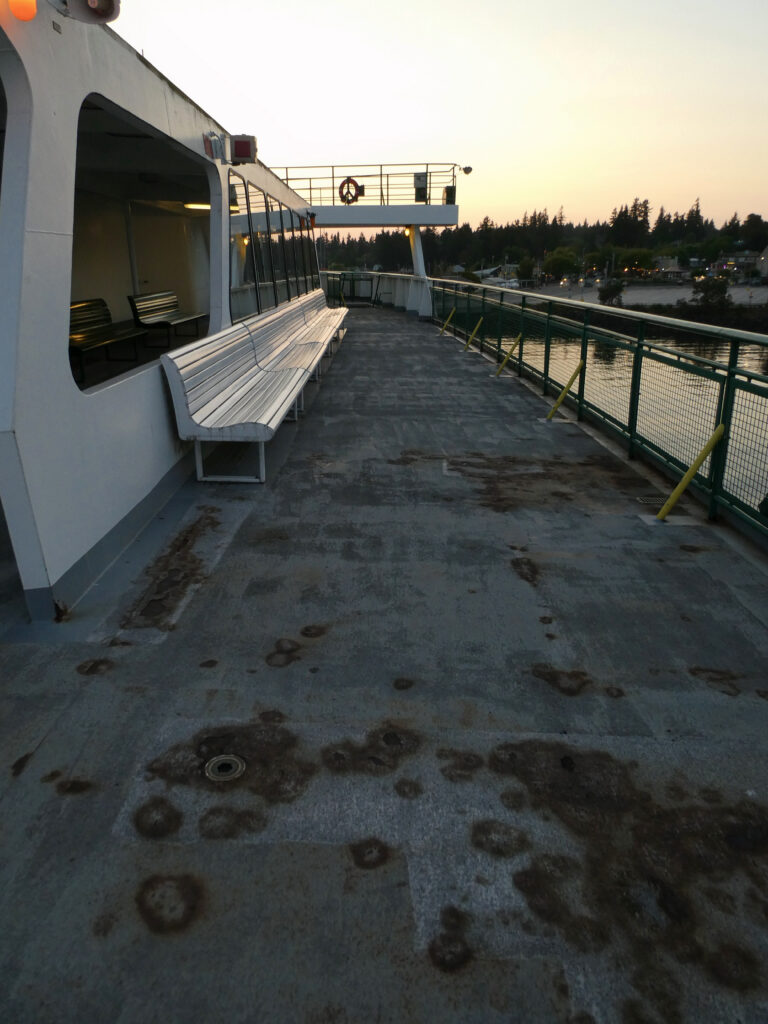
Some Photos of the Olympic Peninsula
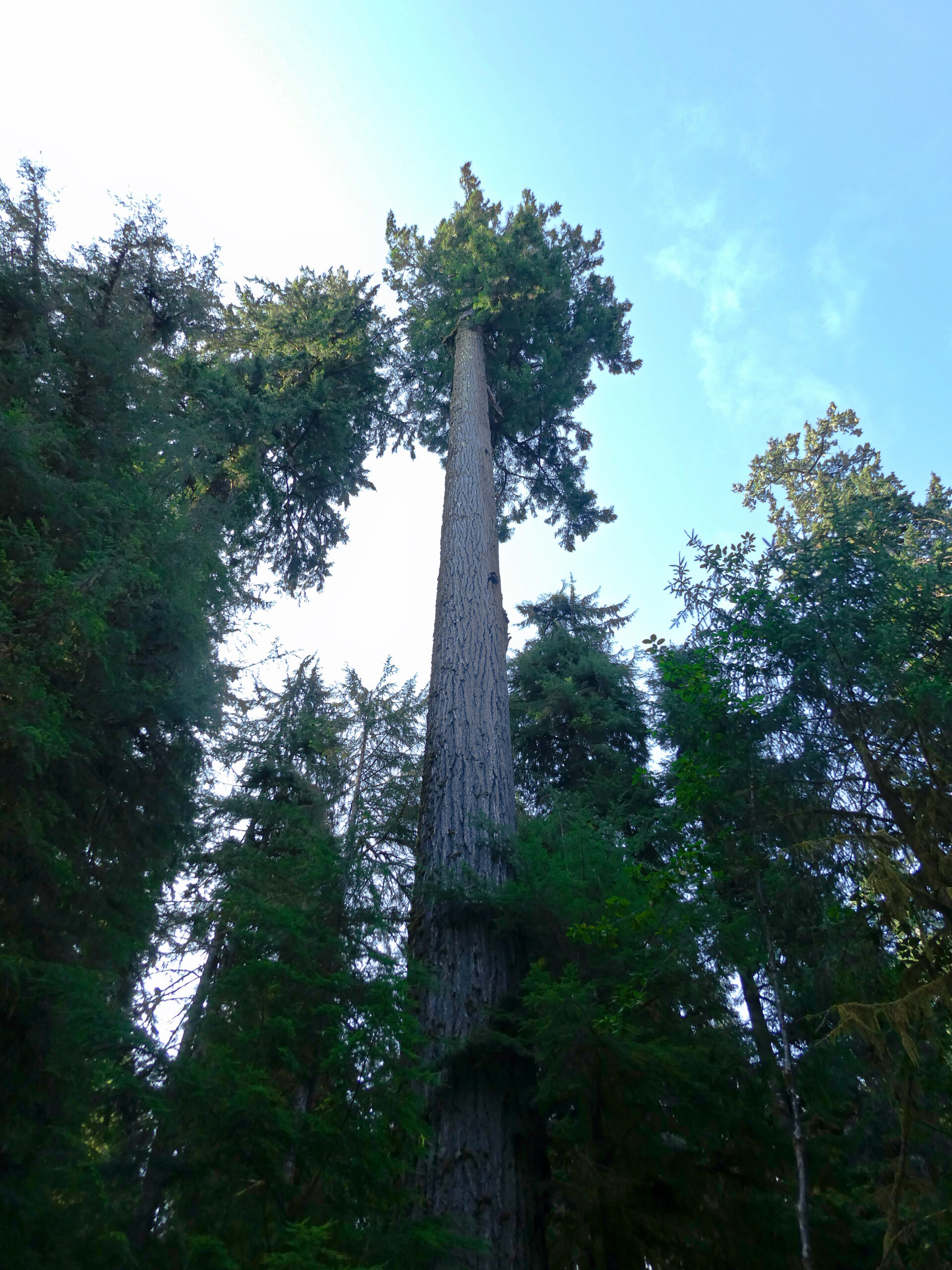
At the Quinault Rainforest, we happened to park by one of the largest trees I have ever seen 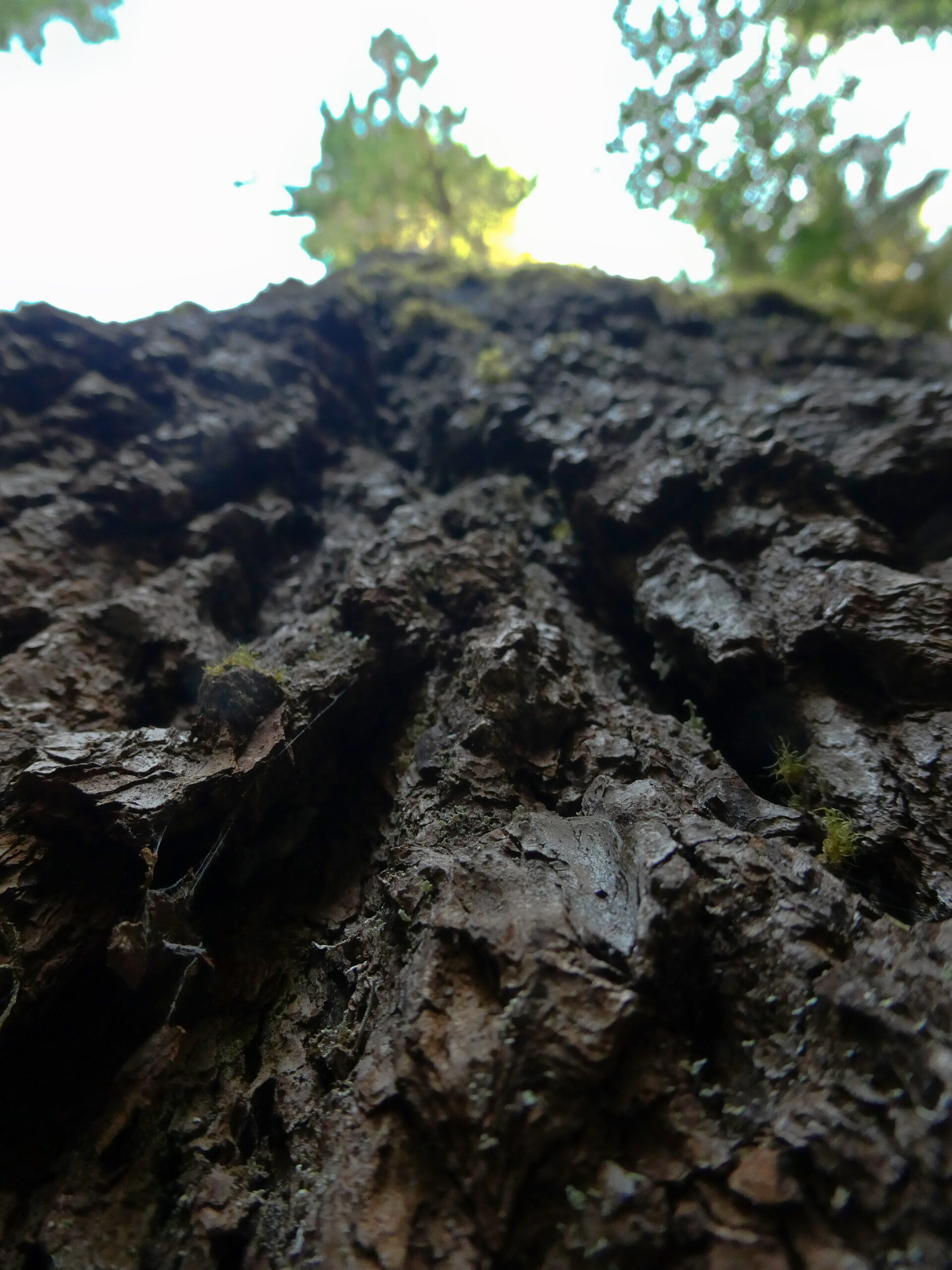
This strong bark has protected the tree through centuries of forest fires 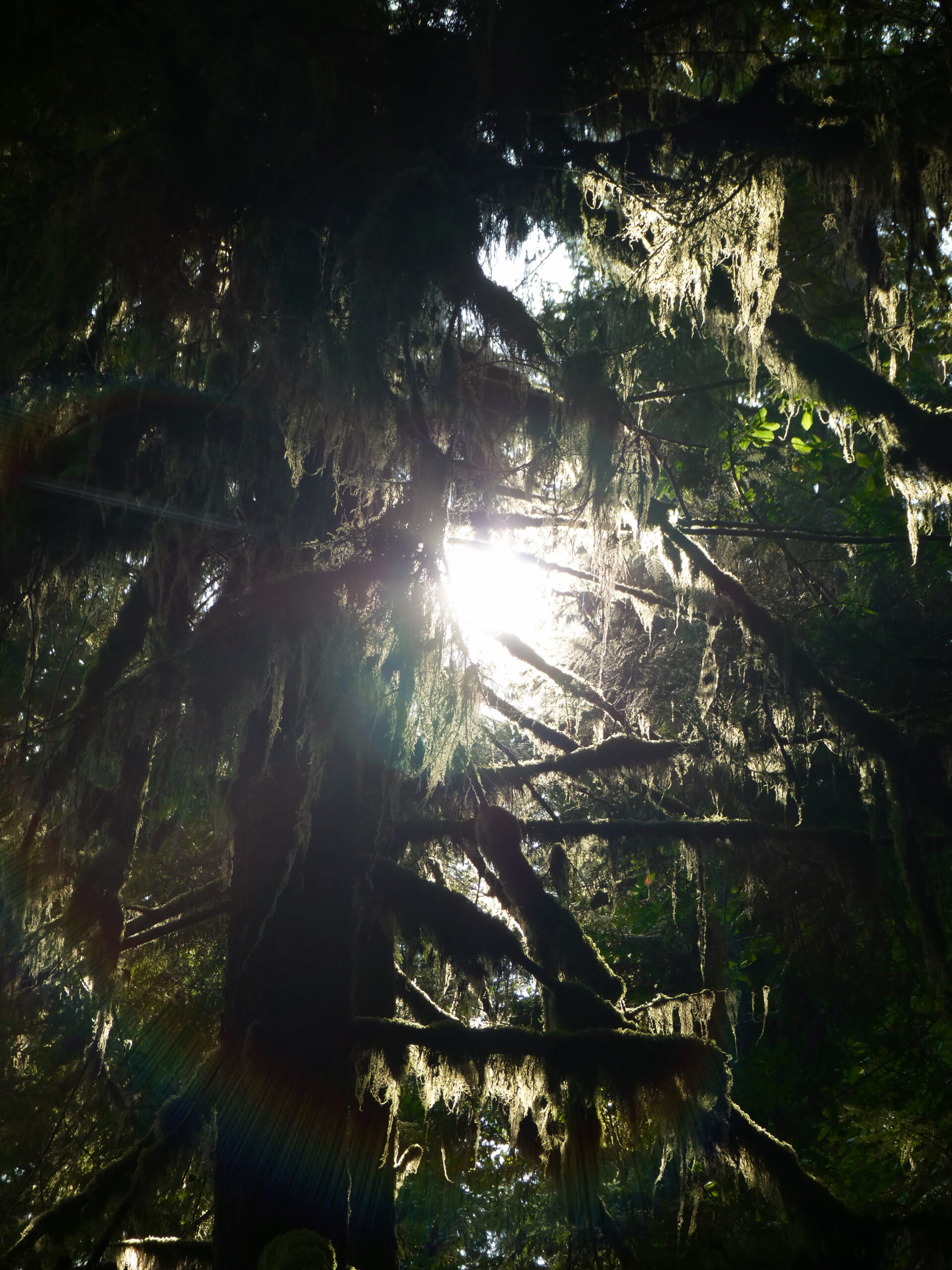
The occasional rays of light illuminates the rainforest in an almost magical way 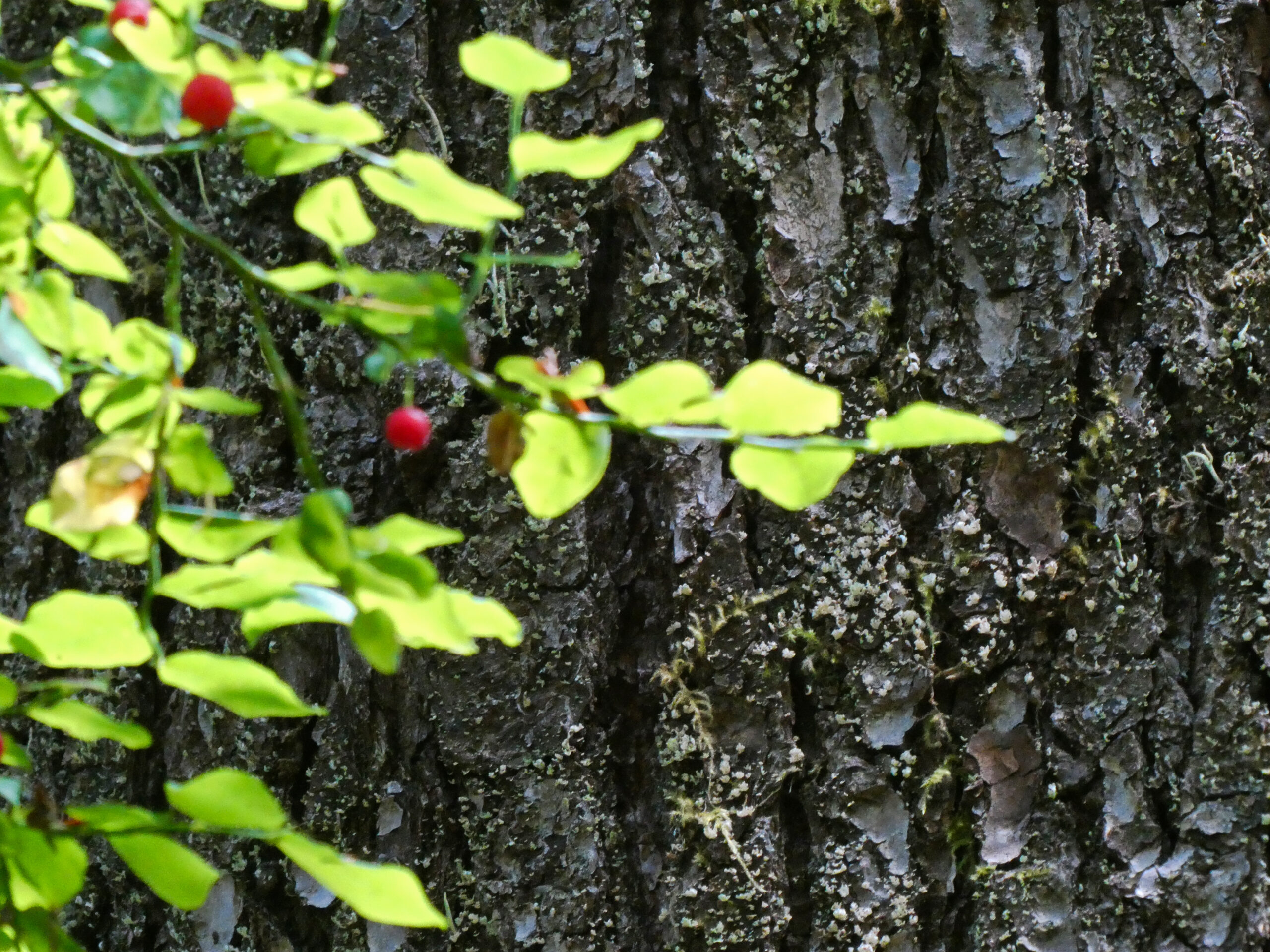
The old growth forest are symbiotic, with the old growth supporting the understory and vice-versa 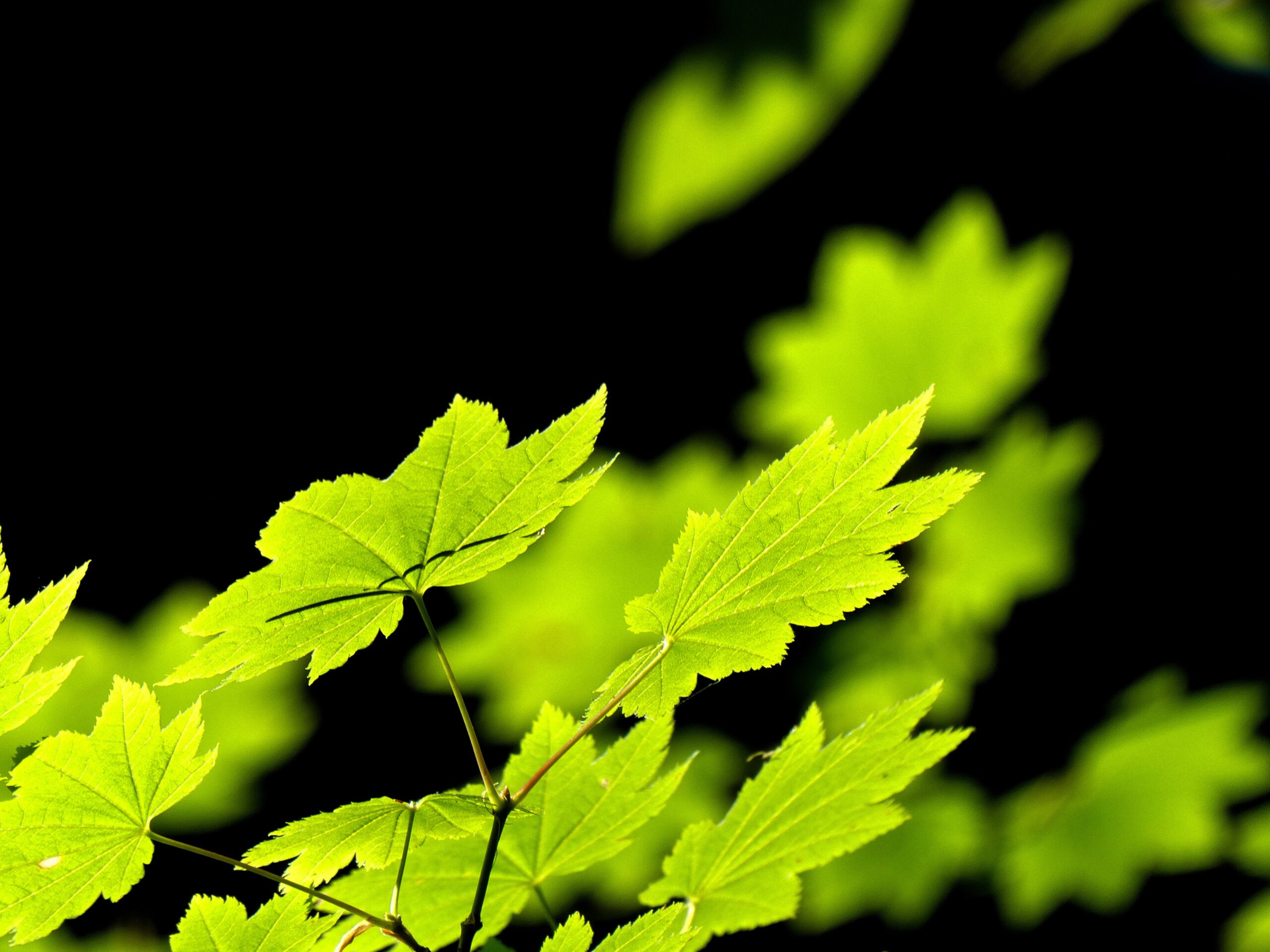
Maple is a common resident of the understory 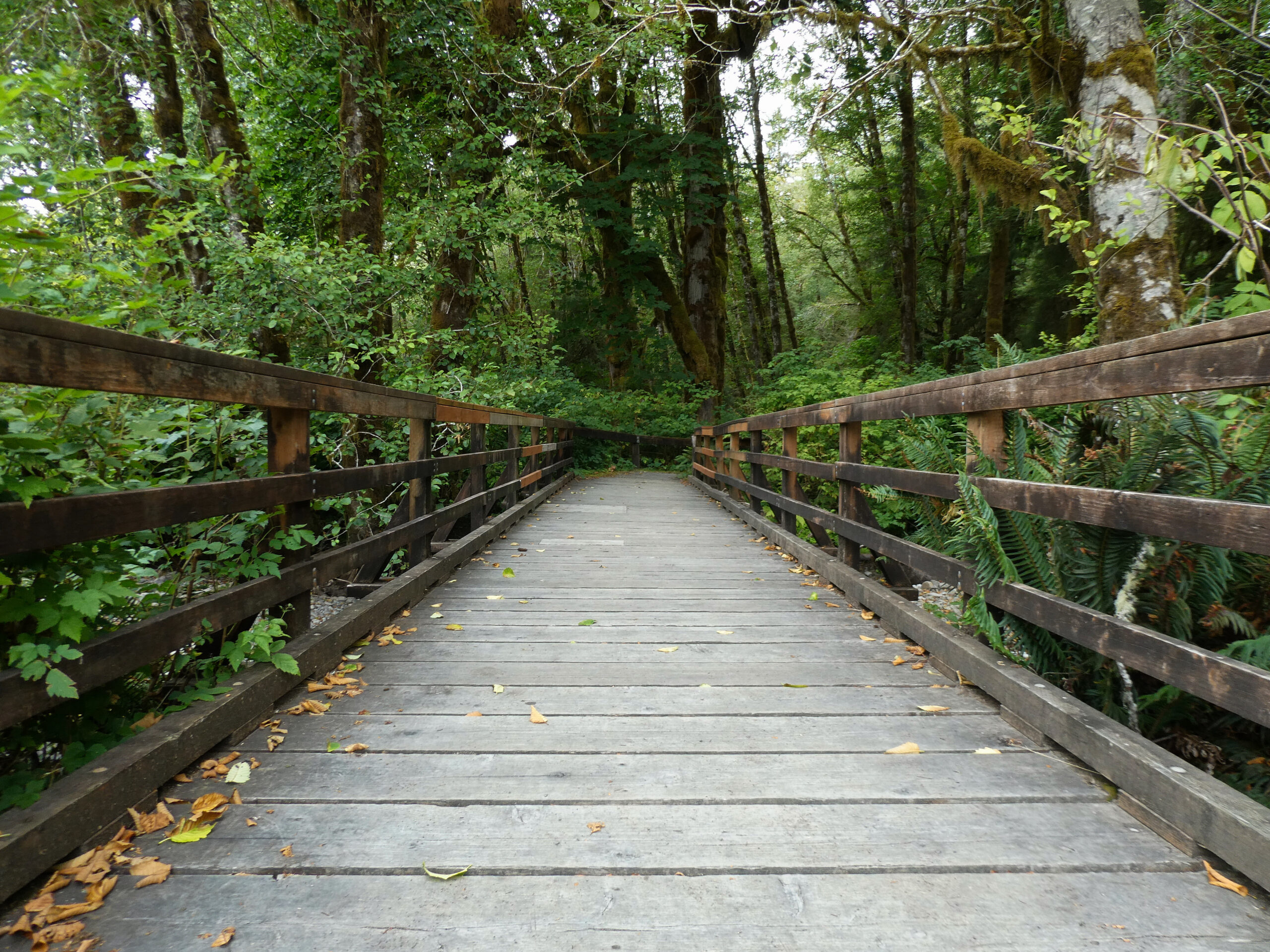
Cross the bridge and enter into the unknown 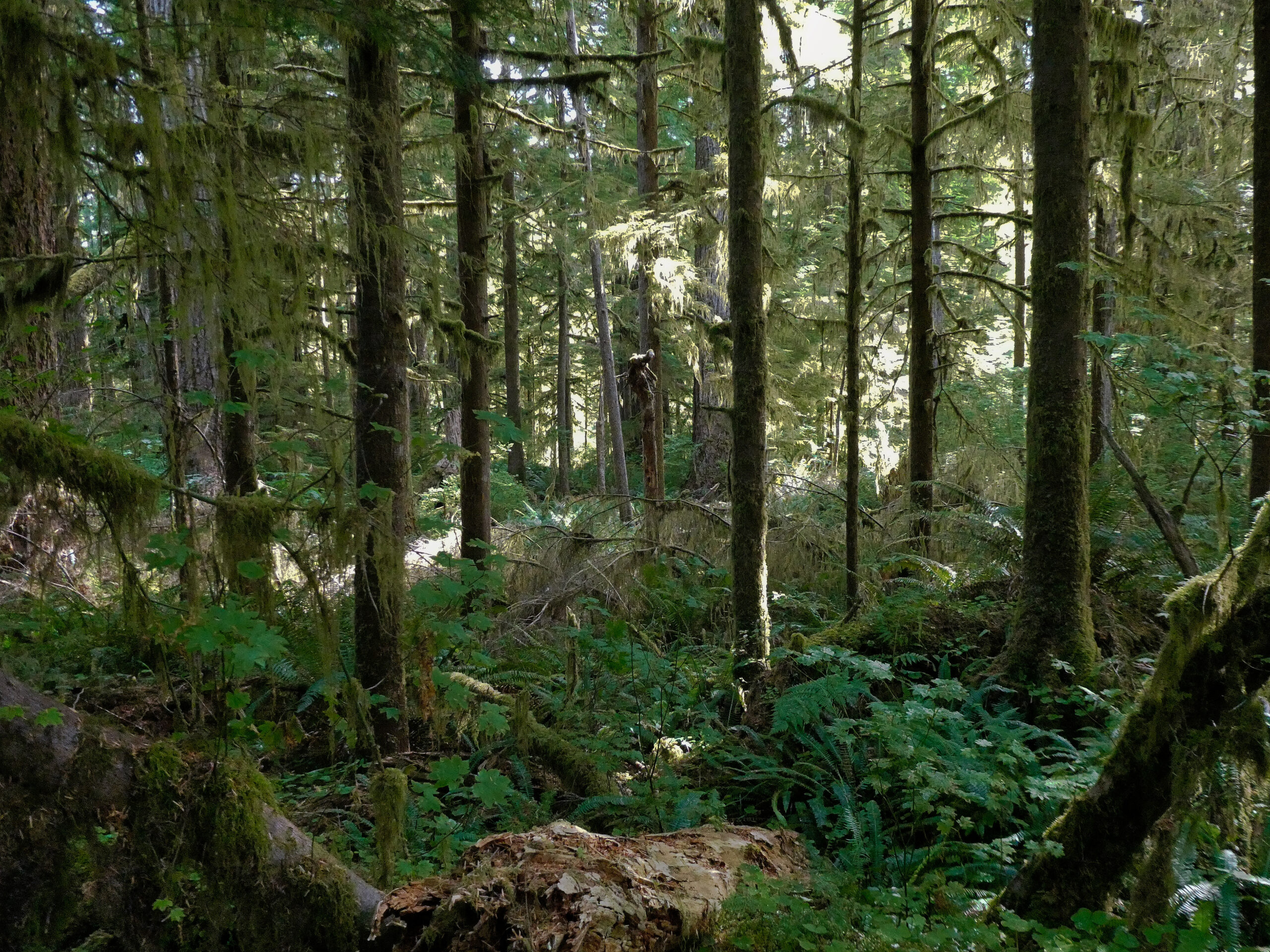
The abundance of life can be directly attributed to the plentiful rainfall the region receives annually 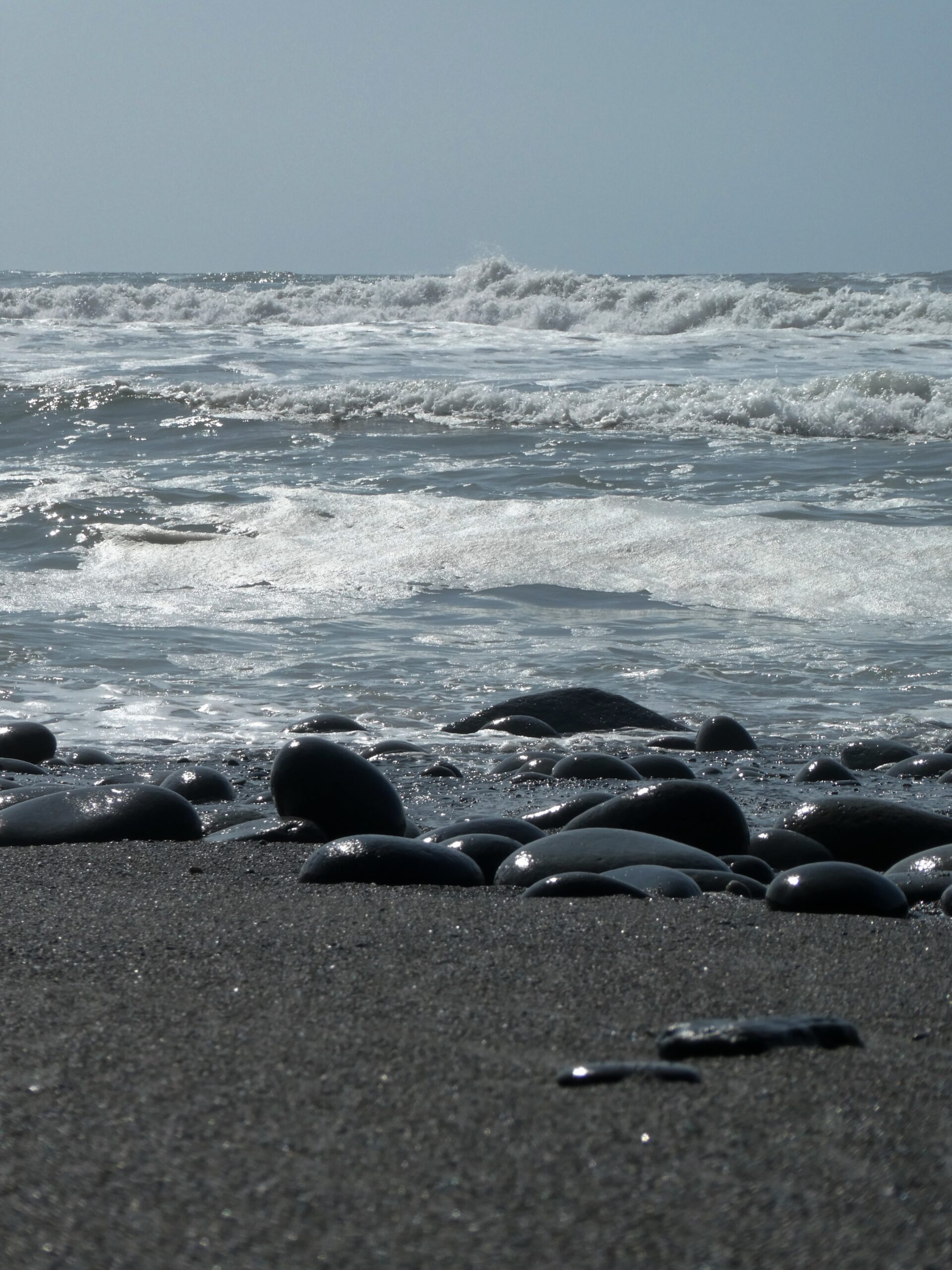
The raging waves of the Pacific Ocean can meticulously polish rocks on the beach 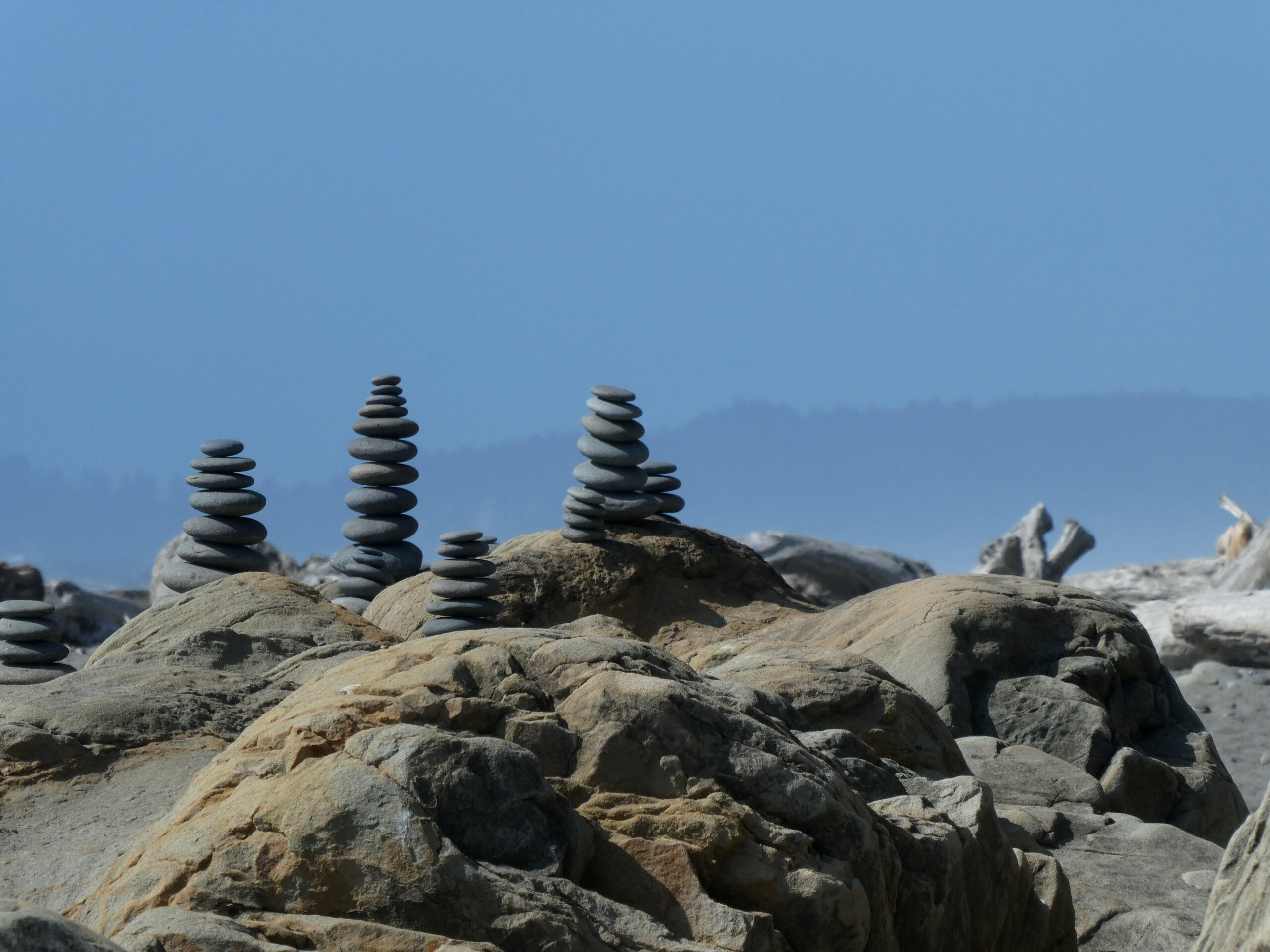
Cairns adorning the beach 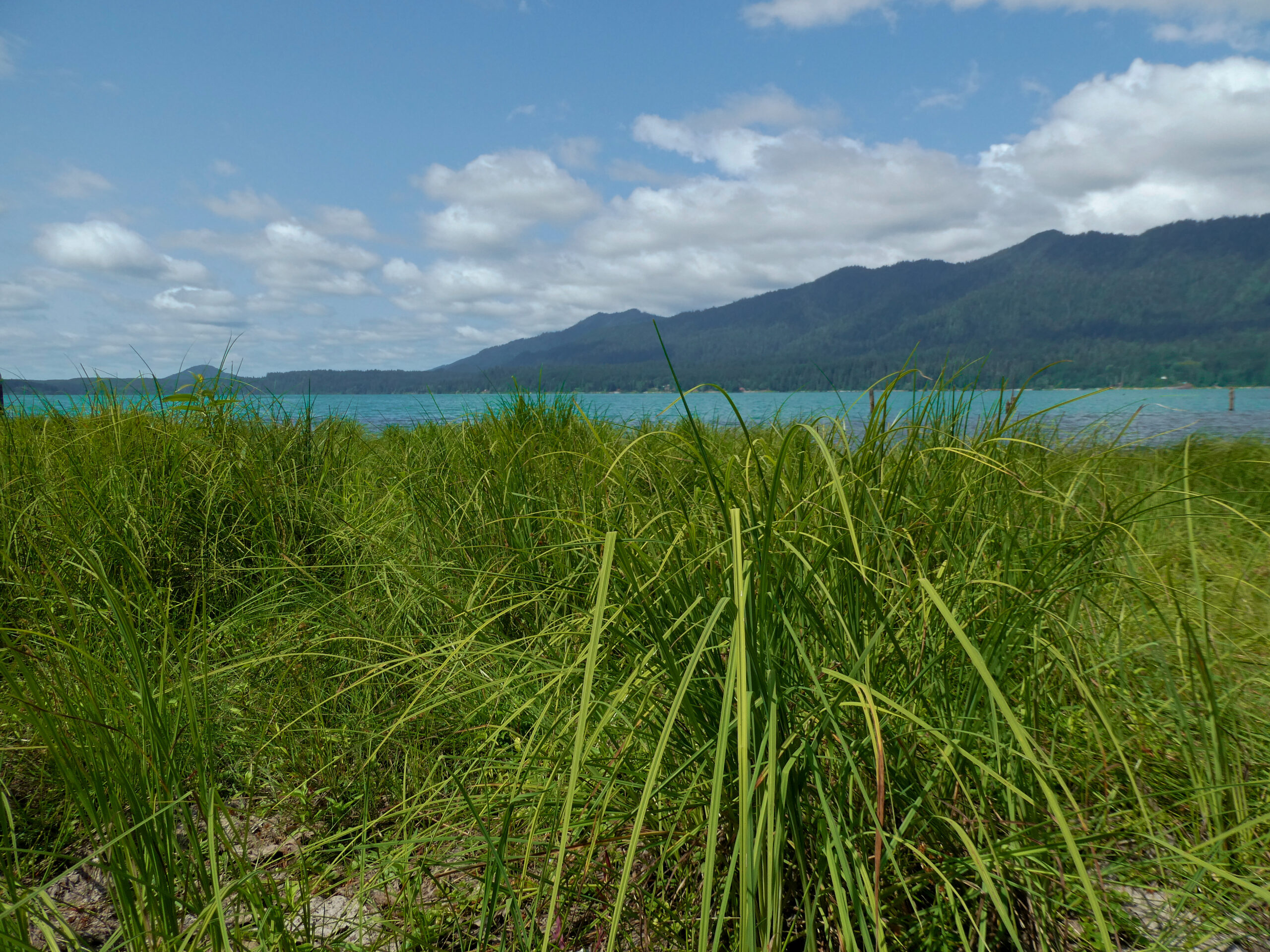
Lake Quinault on a sunny day
2 thoughts on “The Wonders of the Olympic Peninsula”
Loved this! Great writing and an interesting read! Your photography is amazing!!
Thank you for reading!
Comments are closed.